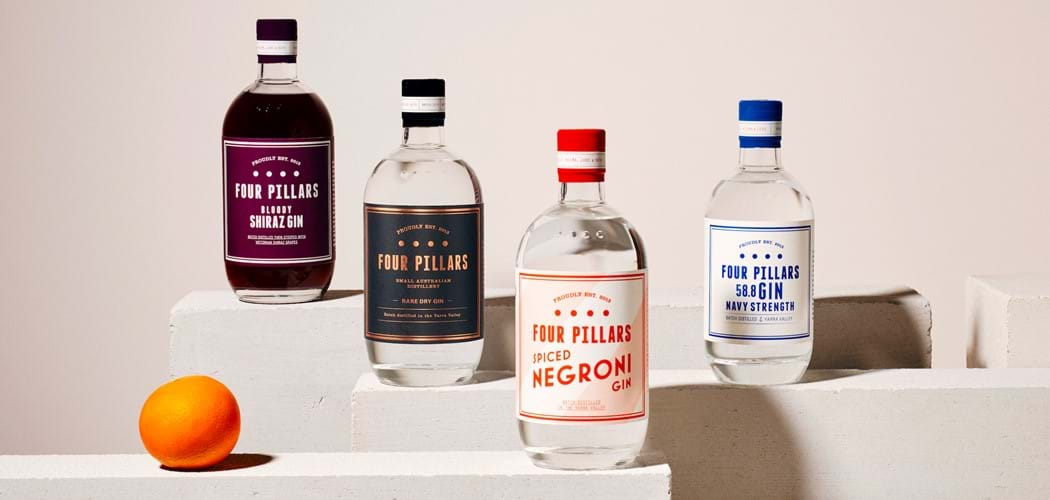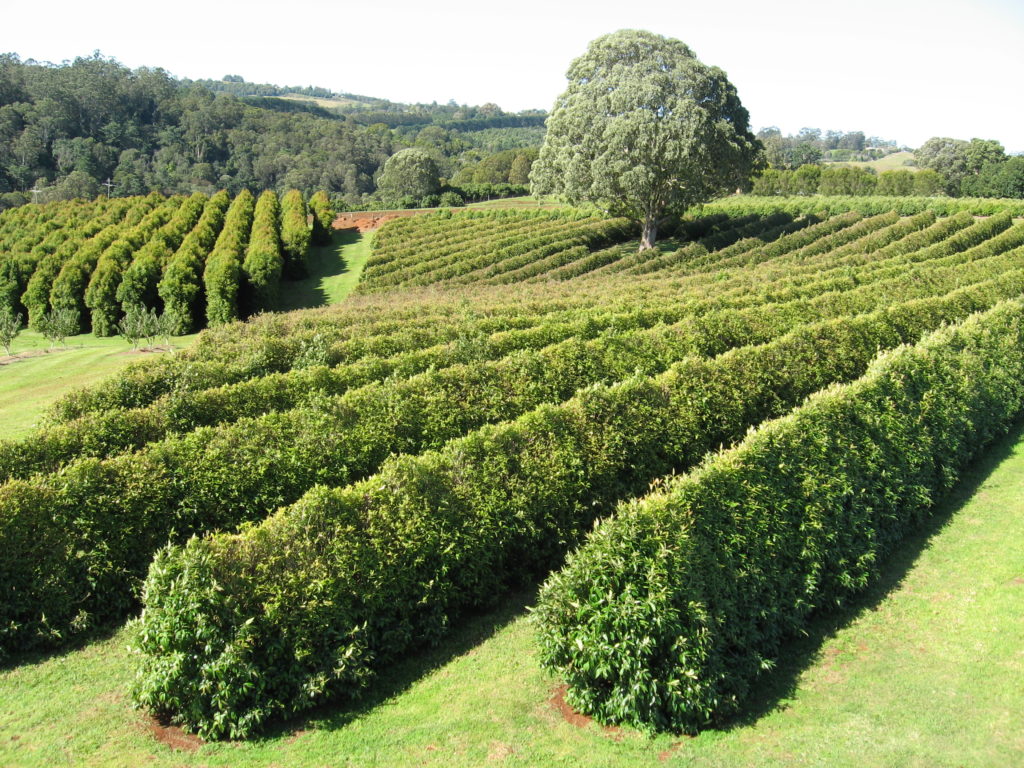Article: The Native Botanical Putting Aussie Gin on the Map

The Native Botanical Putting Aussie Gin on the Map
If you’re a gin drinker, you’re probably no stranger to Four Pillars, the premium Australian gin distillery taking the world by storm one gin and tonic at a time.
The Yarra Valley-based distillery won the International Gin Producer of the Year award at the 50th Annual International Wine & Spirits Competition in 2019 and produces a range of uniquely Australian gins each with a distinct flavour profile paying homage to its native origin.
Lemon myrtle, pepperberry leaf and native quandong are just some of the native ingredients that make Four Pillars gin, and Australian gin more broadly, so fresh, citrus and botanical.
We sat down with one of Four Pillars’ founders Cameron Mackenzie to talk about his favourite native botanical, lemon myrtle, and how it’s putting Australian gin on the map.
Have you seen an increase in Australian native botanicals used in the spirits industry? What do you think is driving this trend?
Definitely! Gin can have a beautiful sense of place and the use of native botanicals can help underpin this. Australia happens to have the most unique (we think!) botanicals in the world. We have shown native botanicals to distillers around the world and they often think we have doctored them because the aromatics and flavours are unparalleled. As the gin category is growing, distillers are really looking for unique combinations of botanicals.
What do you need to consider when selecting botanicals for distillation?
We consider two main factors when playing with a new botanical. Firstly, will it distil? Not all botanicals are suitable for distillation, especially via heat. Some botanicals just don’t seem to transfer their aromatics and flavours in alcohol. Others seem to lose their quality when heated and perhaps are better suited to vacuum distillation at lower temperatures.
Secondly, if it does distil, will it work or clash with juniper? We are a gin distillery, so if a botanical is unsuited to juniper we will rule it out. There are a few other conditions, such as toxicity and availability.
How did you come across lemon myrtle, and what made you think to include it in your Rare Dry Gin?
It was a bit of a no brainer. I grew up with a lemon myrtle tree in my family’s backyard and I have some great memories of that aroma. My idiot brothers and I would play cricket on a hot afternoon and my mum would always say we smelled like lemonade…. Five boys should never smell like lemonade! The oils from the tree would stick to your clothes, so I knew how intense the leaves were.
We also saw it being used on more menus, so it was the first native botanical that we thought of. In my opinion, lemon myrtle is the Australian native botanical that will continue to put Australian gin on the map. It has lovely, fresh citrus notes and when distilled it rounds out with a beautiful vanillin character. Almost like lemon curd.
Where do you get your inspiration when testing new gin formulations?
It depends on what we are looking for. For example, if we’re cooking dinner at home, do we want spicy, citrus, savoury, strong, or floral notes? There are so many avenues you can take. Most of our gins are quite citrus forward and lemon myrtle is key.
Most importantly, what’s your favourite G&T recipe?
Rare Dry Gin, good tonic water and a slice of orange.



